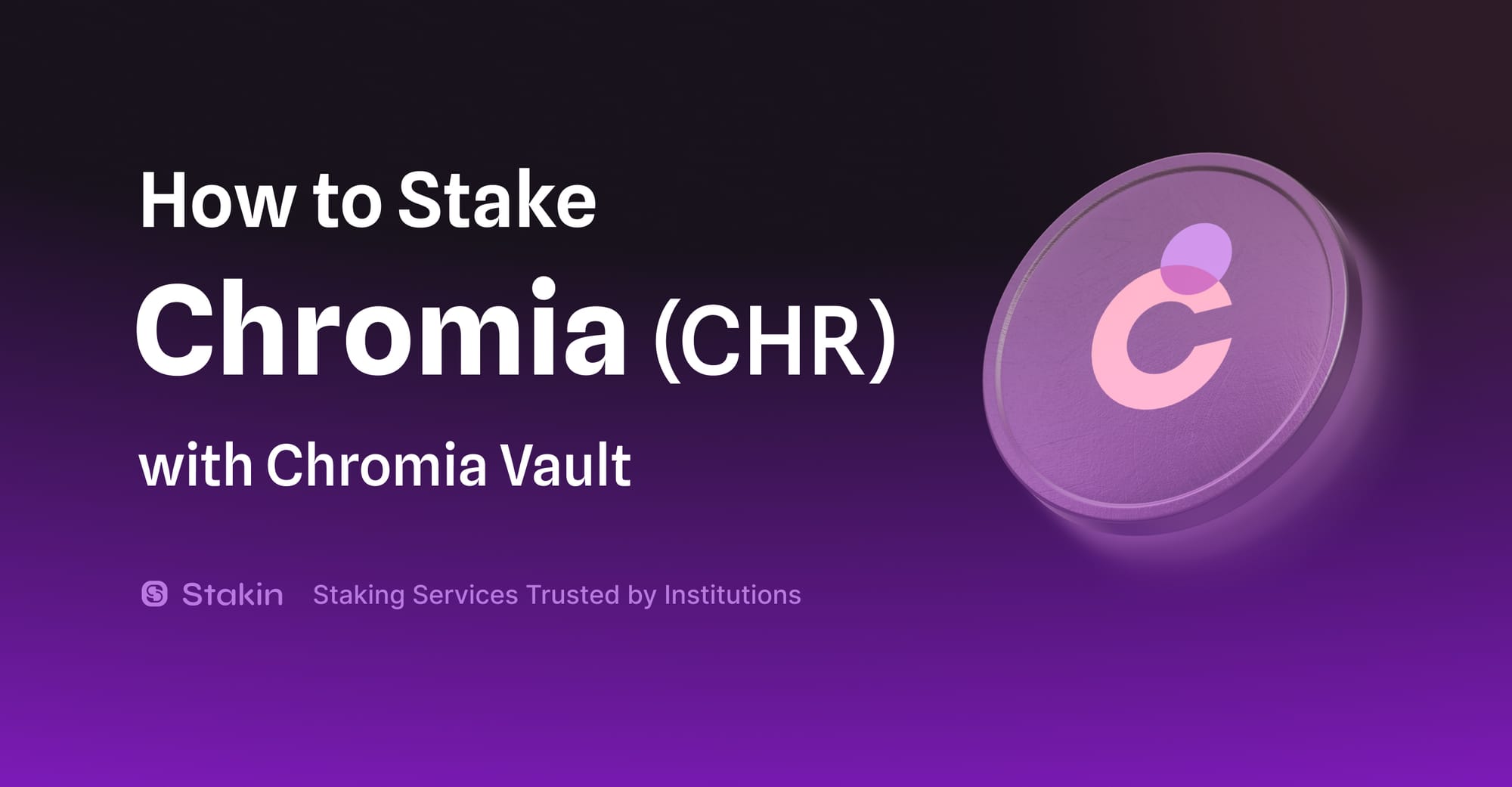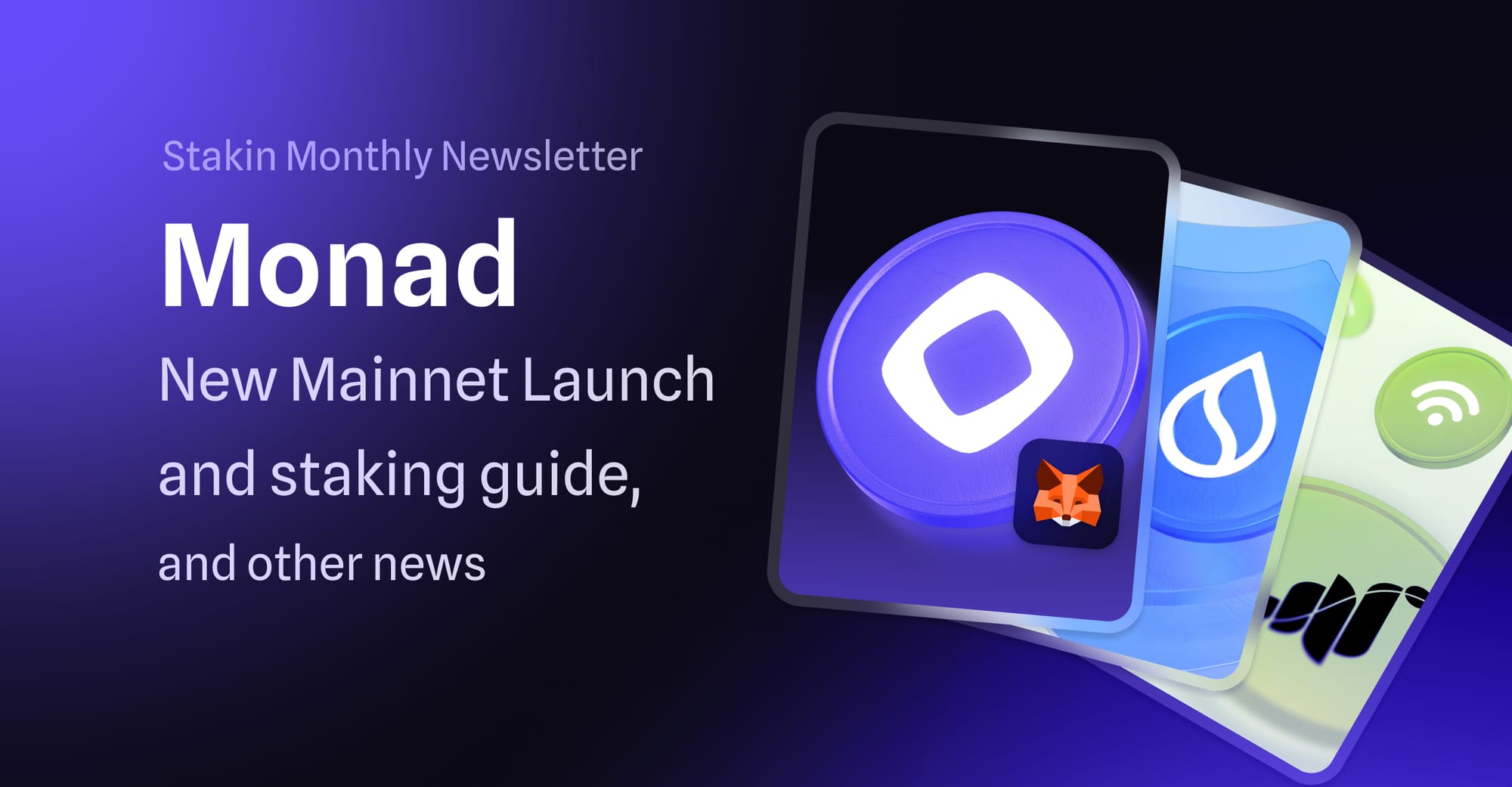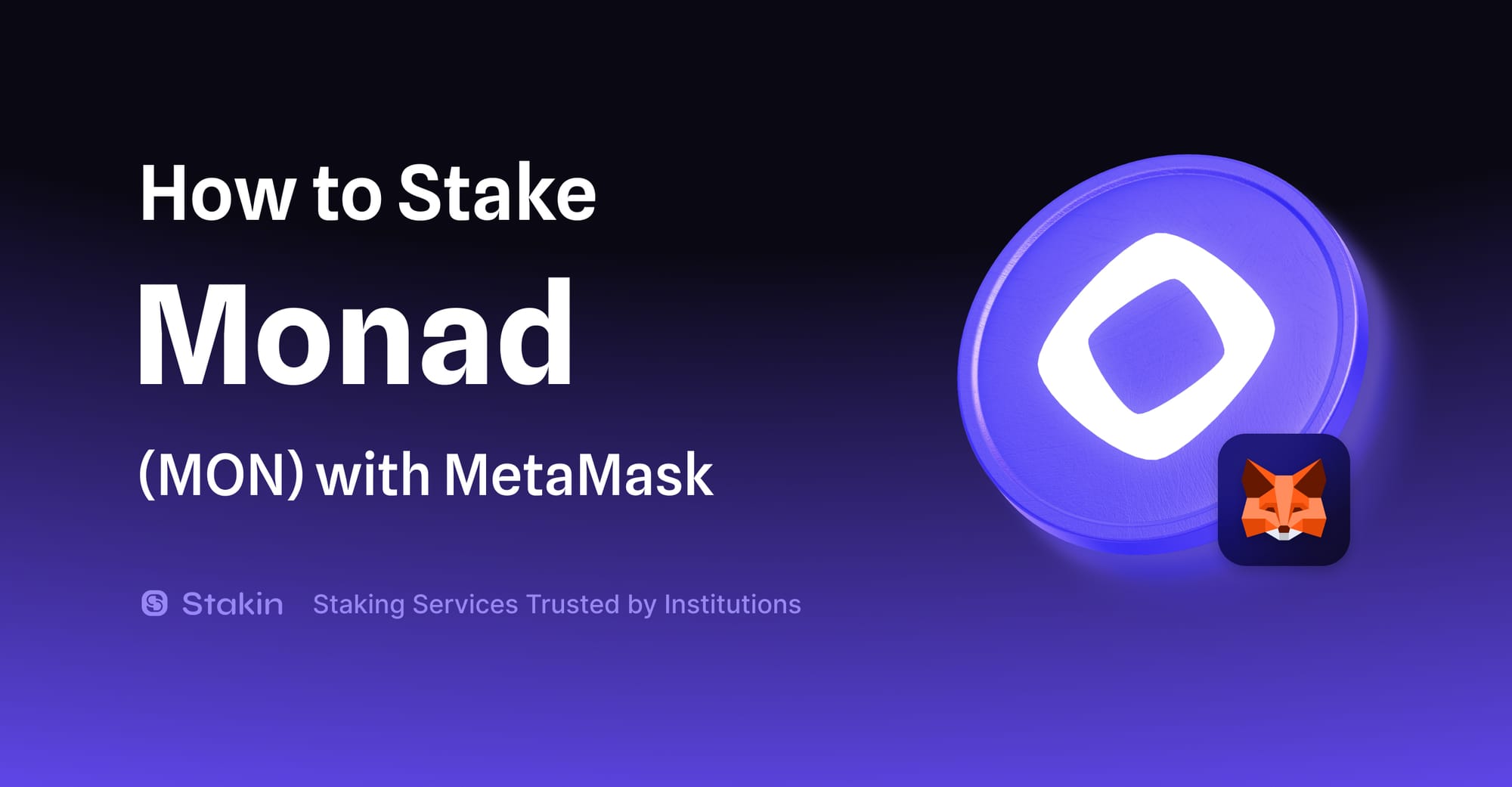As Stakin launches as a Feeder Operator for DIA´s newly deployed mainnet, it´s the perfect time to dive into what makes DIA Oracle a powerful infrastructure layer for the future of on-chain data.
Whether you´re a developer, node operator, institutional participant, or simply interested in decentralized data, this article outlines the key concepts behind DIA and its unique approach to oracles.
In the sections below, you´ll find what DIA is, why it stands out in the oracle space, and how its design choices align with the values of transparency, verifiability, and decentralization.
What is DIA?
DIA (Decentralized Information Asset) is an open-source, cross-chain oracle platform that delivers transparent and customizable data feeds to smart contracts on any blockchain.
Unlike traditional oracles that rely on opaque third-party data sources, DIA connects directly to first-party data providers, ensuring full traceability and verifiability of the data it supplies.
DIA supports a wide range of data types, including:
- Token prices
- Liquid-staked assets
- Real-world assets (RWAs)
- Verifiable randomness
With integrations across 50+ blockchains, DIA enables flexible and secure data delivery tailored to the needs of Web3 projects.
Why is DIA important?
DIA is important because it redefines how on-chain applications access and verify external data: bringing transparency, customization, and decentralization to the oracle layer.
In an ecosystem where data accuracy and integrity can directly impact smart contract outcomes, DIA´s first-party sourcing and cryptography proofs are critical innovations.
DIA Lumina, the modular architecture behind DIA oracles, allows projects to scale efficiently while maintaining full control over the data they use.
What Problems Does DIA Aim to Solve?
In the decentralized finance (DeFi) ecosystem, verifiable and transparent data is crucial. Before protocols like DIA, many oracle solutions relied heavily on centralized APIs and opaque data sourcing. This created three major problems:
- Lack of transparency: Many oracles aggregate data from a third-party sources without disclosing their methodologies, making it difficult to verify data accuracy.
- Limited customization: Standardized data feeds may not cater to the specific needs of diverse Defi applications, restricting flexibility.
- Centralized infrastructure: Reliance on a limited number of data providers can introduce single points of failure and vulnerabilities in the data supply chain.
DIA addresses these challenges by offering a fully transparent, customizable, and decentralized oracle network with a rollup Layer-2 network at its core, that ensures data verifiability and trustless execution via smart contracts.
How it works: This is How DIA Makes This Possible
DIA has built a fully transparent and verifiable system to bring reliable data to any blockchain. Instead of relying on third-party APIs or hidden sources, DIA´s architecture is designed to ensure that every piece of data is traceable, secure, and decentralized. Here´s how it works:
- Data Sourcing: DIA starts by gathering raw data across various asset types -including token prices, NFTs, RWAs, and more- directly from both on-chain and off-chain sources such as decentralized exchanges, centralized exchanges, and marketplaces. This task is carried out by independent feeder nodes and stakers, who are incentivized to report accurate and verifiable data to the network. By sourcing information directly at the origin, DIA ensures a trustless, transparent, and reliable data flow in the system.
- Data Computation: Once sourced, the data is sent to DIA Lasernet, a Layer-2 network built on Ethereum. There, it´s processed by a system of Pods (which validate and transform raw data) and Aggregators (which compile and finalize data outputs); all of this happens on-chain, meaning it´s fully transparent and auditable.
- Data Delivery: After computation, the data is delivered across multiple blockchains using DIA Spectra, a cross-chain messaging system. This ensures that DIA´s verified data can be accessed seamlessly on over 50 blockchains, enabling projects everywhere to use trusted information in their smart contracts.
What Makes DIA Unique?
DIA distinguishes itself through several key features:
- Trustless and Decentralized Data Sourcing: DIA employs independent feeder nodes to source data directly from over 100 on-chain and off-chain sources, including centralized and decentralized exchanges. This decentralized approach ensures data integrity and reduces reliance on intermediaries.
- Comprehensive Asset Coverage: DIA offers data feeds for a wide range of assets, including cryptocurrencies, liquid-staked tokens (LSTs), real-world assets (RWAs),. This extensive coverage supports diverse use cases across the blockchain ecosystem.
- Cross-Chain Compatibility: With support for over 140 blockchain networks, DIA facilitates seamless data transmission across various platforms, enhancing interoperability and reducing time-to-market for developers.
- Open Source Transparency: DIA operates as an open-source platform, promoting transparency and community collaboration. All aspects of its data sourcing and processing methodologies are publicly accessible, fostering trust and enabling collective development.
- Customizable Data Feeds: Developers can tailor data feeds to specific requirements, selecting preferred data sources, methodologies, and update mechanisms. This flexibility allows for the creation of bespoke oracles that align with unique project needs.
- Innovative Oracle Solutions: DIA offers advanced oracle services such as verifiable randomness (xRandom), providing unpredictable and unbiased random numbers essential for applications like gaming, lotteries and NFT launches.
DIA is redefining what it means to deliver data on-chain with trustless sourcing, verifiable computation, and open infrastructure at its core. By addressing the long-standing issues of opacity and centralization in oracle design, DIA offers a transparent and secure solution for the next wave of decentralized applications.
DISCLAIMER: This is not financial advice. Staking, delegation, and cryptocurrencies involve a high degree of risk, and there is always the possibility of loss, including the failure of all staked digital assets. Additionally, delegators are at risk of slashing in case of security or liveness faults on some protocols. We advise you to do your due diligence before choosing a validator.



